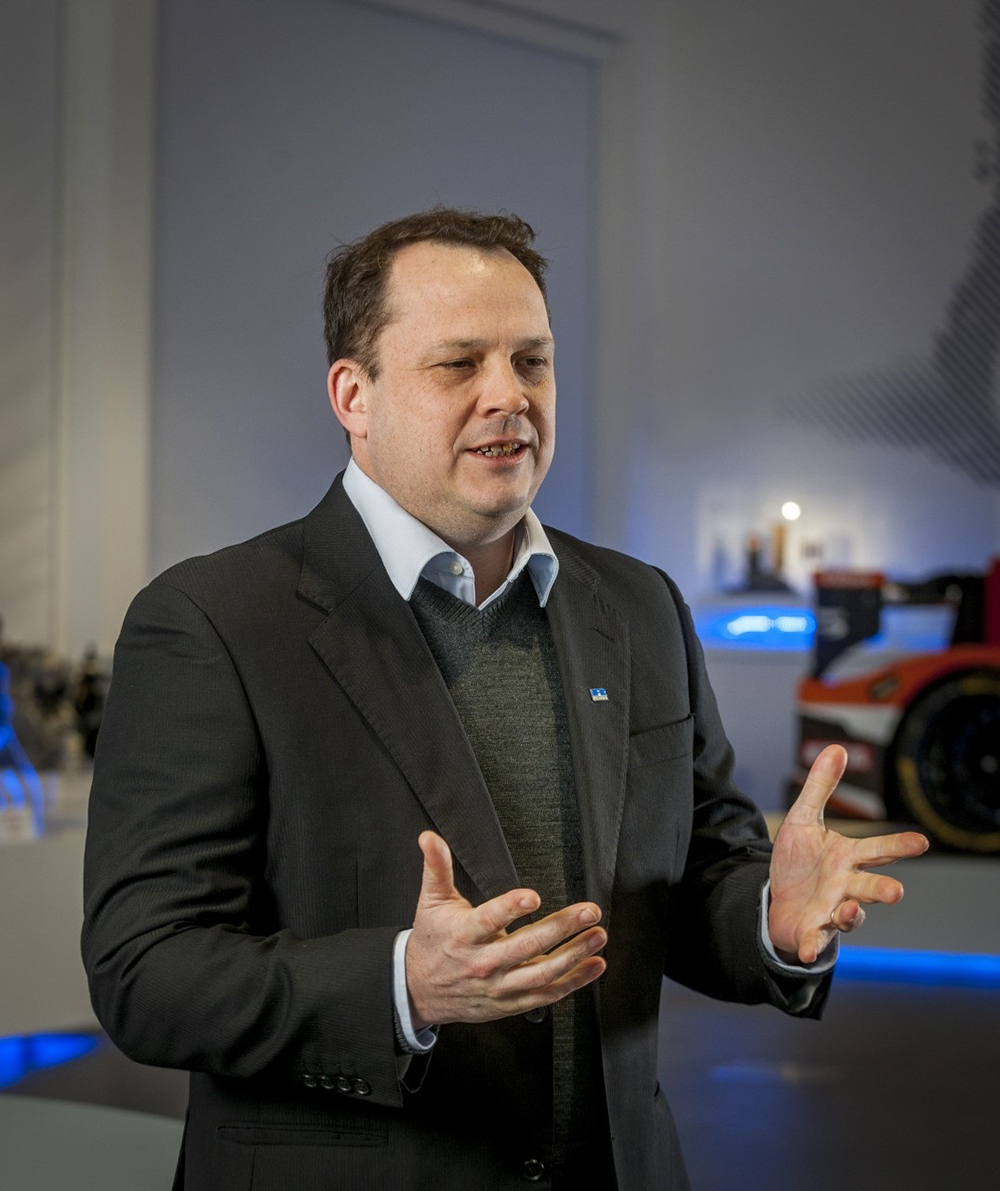
Intelligent vehicle powertrain developments are showing the way towards achieving substantial reductions in commercial and private vehicle operating costs and emissions on both sides of the Atlantic.
In Europe, savings of 20% and more in truck fuel consumption have emerged as being achievable with a complex combination of new powertrain architectures operating alongside intelligent control applications and dynamic eHorizon ‘seeing-round-the-corner’ technology.
This last enables commercial vehicles automatically to modify their driving operations in response to real-time traffic information, for example. The overall results have emerged from a recently-concluded project, which was funded by the European Union.
Implementation of Powertrain Driving Emission and Fuel Consumption (Imperium) has brought together industry and academic contributors from seven European countries. It set out to find ways of reducing the operating costs and improving the fuel efficiency of heavy-duty, long-haul trucks, so increasing their competitiveness while keeping them within the legal limits for pollutant emissions. The target was up to 20% - the results came out at 20.3%.
Substantial savings
Key features demonstrated are destined to form part of a new electronic system architecture for future commercial vehicles. Among the project partners is global engineering consultancy Ricardo. Dr Gareth Milton, the firm’s lead engineer, disruptive technologies, told ITS International: “The technologies developed in Imperium are currently at varying levels of readiness; but some could be brought to market in only a few years’ time.”
The level of potential savings that has been demonstrated is substantial, reflecting the large number of systems that are included in the complete package – and this, in turn, has obvious cost implications for buyers.
But Milton continued: “As part of the project, we have considered a range of subsets of the overall technology package that can still achieve significant improvements. Each OEM will therefore be able to form its own judgement as to the costs versus benefits implications of the available options, so that we can expect to see different combinations being brought to market at different times.”
Other solutions that are emerging offer less eye-catching, but still worthwhile, benefits. At January’s CES 2020 show in Las Vegas, a trio of European companies highlighted their joint work on a new predictive powertrain control (PPC) system for commercial vehicles.

Navigation specialist TomTom, electronics giant Bosch and automotive manufacturer Daimler are aiming to reduce a truck’s fuel usage by 5%, with consequent benefits for both hauliers’ operating costs and emissions reductions.
The anticipatory cruise control-based technology is now available as a retrofit solution across Europe for specified truck brands.
Based on a typical annual average of around 130,000km driven in long-distance hauls, the partners calculate that the system can pay for itself within some eight months, at current fuel prices. Key elements include TomTom’s advanced driver-assistance systems (ADAS) mapping, which is designed to cover highway features including gradients, curvature on roads and at junctions, lane usage, traffic signs and speed restrictions - all of which impact on driving and its costs.
The system is designed to optimise driving styles - by reducing unnecessary braking, acceleration and gear shifting - not only on major highways but also on winding cross-country routes, for which the use of cruise control was not previously seen as being advisable.
A proximity control assist provides information on traffic ahead, so that the system can ideally plan shift operations and changes in speed progress to make the best possible use of the momentum of the vehicle. Retrofitting is compatible with Daimler Fleetboard telematics services that are already operational in trucks.
Potential architectures
A key actor in the field in North America is the Illinois-based Argonne National Laboratory (ANL), a multidisciplinary science and engineering research centre of the US Department of Energy (USDoE). One cost area that it has been tackling involves the simplification of the modelling of the powertrain needs of advanced new vehicles in an increasingly competitive automotive market.
The sheer number of potential architectures that are now available has made it impossible physically to construct each applicable powertrain configuration within generally acceptable development time and cost constraints. Hence the growing demand for simulation methods.
Working with US automakers, ANL’s System Modelling and Control Group has evolved, successively, a dedicated, simulation-based, powertrain system analysis toolkit (PSAT), funded by the USDoE’s Vehicle Technologies Program, and an extended version called Autonomie.
The overall aim is to meet the challenges faced by automotive engineers who are building the next generation of fuel-cell, hybrid electric, and plug-in hybrid electric vehicles (PHEVs). They need to optimise their fuel economy and performance criteria - while containing development costs - by ensuring their access to relevant data.
The resulting component plug-in approach makes it possible economically to trial the effects of introducing a new system or engine type - “in a way that had to be simple”, commented an ANL spokesperson. The effect is that time needed for – and therefore the cost of - running a set of powertrain simulations has now been reduced from as much as two weeks to as little as a single day.
Argonne has also been involved in USDoE’s EcoCAR 3 Advanced Vehicle Technical Competition (AVTC) run by the US Department of Energy and US automotive giant General Motors. One entrant, the Alternative Fuels Team at the University of Waterloo, in Canada, has explored the use of machine intelligence to recognise individual drivers’ behaviour and so be able to predict their next move.
Fuel economy
The team used a donated high-performance 2016 Chevrolet Camaro which was to be converted into a PHEV, while demonstrating the potential for reduced emissions and energy use, and highlighting emerging automotive technologies.
Among other achievements, the exercise has shown how a combined Lidar and camera system can function together as an ADAS sensor array for vehicle and range detection; and that a driver feedback system could achieve up to 6% in fuel economy improvements without significantly affecting the vehicle’s driveability.
Team member and General Motors advanced technology engineer Patrick DiGioacchino suggests harnessing the driver’s role in the process through the gamification of the behaviour recognition process. A leader board and rewards approach, he suggests, would “unleash people’s competitive sides and push them to drive more eco-cautiously”.
This, in turn, could result in a less complex need to have a predictive powertrain management strategy “if the recognition software is focused on changing the way people drive rather than adapting to it”.
DiGioacchino has also identified a number of potential marketing benefits for automakers: the appeal to tech-savvy individuals, and to “the subconscious environmentalist”, who is drawn to a hybrid vehicle in the first place and “can appreciate the role of its supervisory controller in knowing the driver’s behaviour and so creating a more environmentally friendly vehicle”.
Not least, the increase in driveability can help a model such as the Camaro to maintain its role as a high-performance car.
Fast and furious
University of Waterloo researchers have concluded that, out of four typical bad driving behaviours - speeding, hard braking, hard acceleration and hard cornering – the first is a strong predictor of the likelihood of future crashes. They examined data from 28 million trips contributed by insurance companies in Ontario, Canada and Texas, US whose clients have on-board diagnostics installed in their vehicles. Statistically significant links for the other aggressive driving behaviours could not be established. But “for insurance companies using telematics data to assess who is a good risk and who isn’t, our suggestion is to look at people who are driving too fast,” said statistics professor Stefan Steiner.











